What is Estimating? - Year 7 PDF Download
Key Points
- It is not always necessary to provide an exact value, so estimation can be utilized to arrive at an approximate answer by using suitable approximations for terms.
- Estimating is a method that makes calculations more manageable. For instance, if you were planning to purchase 12 items priced at £28.99 each, an estimate of the total cost could be £300 (rounding both numbers to the nearest 10 results in 10 lots of £30).
- There isn't a single prescribed way to estimate values, leading individuals to round their figures in slightly varied manners.
- Rounding a number can be approached diversely based on its magnitude, such as rounding to the nearest whole number, ten, hundred, or thousand.
- whole number
- ten
- hundred
- thousand
Estimating Values
Estimating involves simplifying numbers while keeping their value close to the original. This process provides an approximate idea of the total without exact precision.
simplercloseWhen estimating values, there are certain steps to follow to round a number for easier calculations:
- Identify the most significant digit in the given value, known as the significant figure, which contributes to the value's accuracy.
Identifying the most significant figure in a value is crucial for accuracy. For example, in the number 345.67, the most significant figure is 3.
Significant figures are essential for accuracy in measurements and calculations.- Determine the place value of the significant figure to decide how precise the rounding should be.
Understanding the place value of the significant figure helps in rounding the value appropriately. For instance, in 4,567, the most significant figure is 5, located in the hundreds place.
Accuracy in rounding ensures closeness to the true value of a measurement.Accuracy
- Accuracy refers to how close a measured value is to the actual value.
- When rounding numbers:
- Refer back to the rules of rounding to decide whether the value should be rounded up or down.
- If the next digit is less than 5, leave the value the same (rounding down).
- If the next digit is 5 or more, increase the value by 1 (rounding up).
Examples
- Estimation Example: What value could be used as an estimate for £12.95?
- Identifying the most significant figure:
- The most significant figure in £12.95 is the digit 1, as it is in the highest place value column.
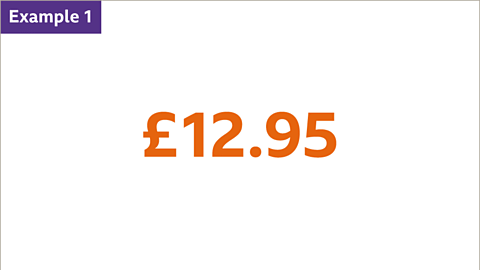
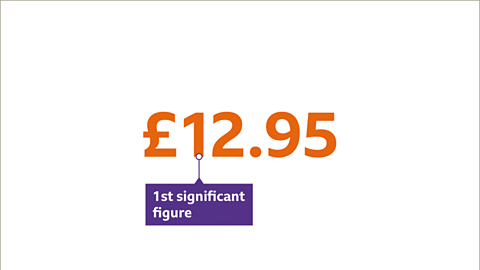
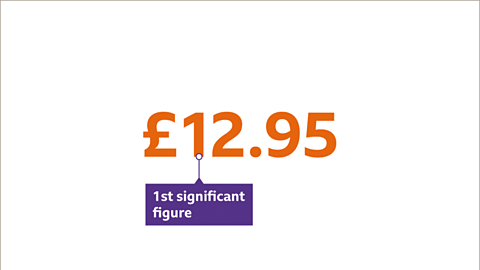
Estimation and Rounding
Nearest Ten Estimation
When estimating a value like £12.95, rounding to the nearest £10 simplifies calculations.
For instance, £12.95 rounded to the nearest £10 is £10, providing a manageable figure.
Alternate Estimation Method
Estimation methods can vary; another approach could involve rounding to the nearest pound.
For example, rounding £12.95 to the nearest pound gives £13, offering a different yet valid estimation.
Construction Cost Estimation
Labor Cost Calculation
Considering a scenario where a builder takes 31 days to complete a project, working 9 hours per day at £12.95 per hour.
To estimate the total cost, calculations involve multiplying the number of days, hours, and hourly rate.
Rounded Values Estimation
For simplification, rounding key values aids in easier computation.
By rounding down days to 30, hours per day up to 10, and labor cost down to £10 per hour, calculations become more straightforward.
| Images | Description |
|---|---|
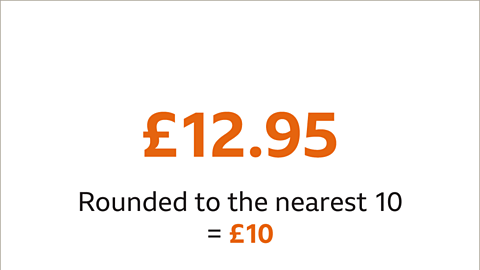 | Image caption: A good estimation for £12.95 would be to round to the nearest £10. |
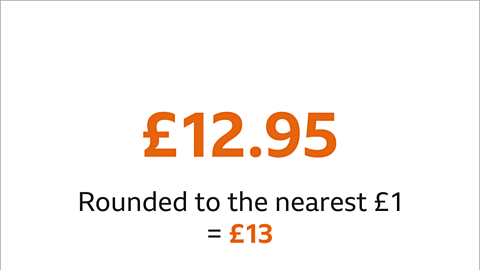 | Image caption: Another estimation method involves rounding to the nearest pound. |
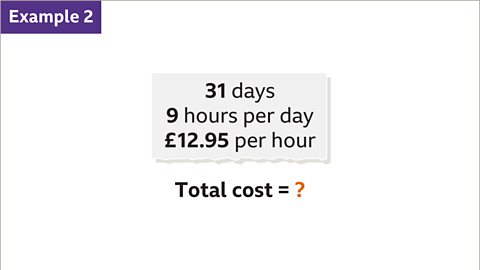 | Image caption: Calculation example for total construction cost estimation. |
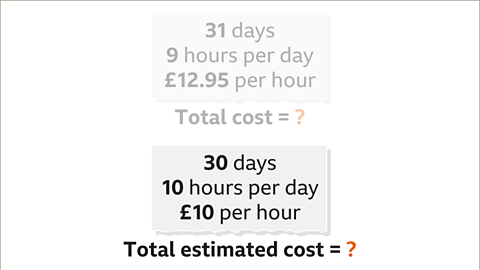 | Image caption: Simplified values for easier cost estimation calculations. |
Estimated and Actual Costs Calculation
- Estimated Cost Calculation: Calculate the total estimated cost based on labor hours and rate. For instance, at £10 per hour for 10 hours a day, the daily cost amounts to £100. Multiplying this by 30 days gives a total estimated cost of £3,000.
- Actual Cost Calculation: Determine the actual total cost considering different parameters. For example, at £12.95 per hour for 9 hours daily, the daily cost is £116.55. With 31 days of labor, the total cost reaches £3,613.05, slightly exceeding the estimated cost of £3,000.
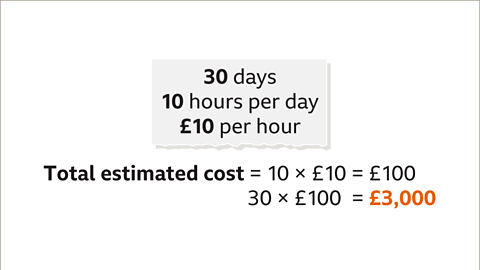
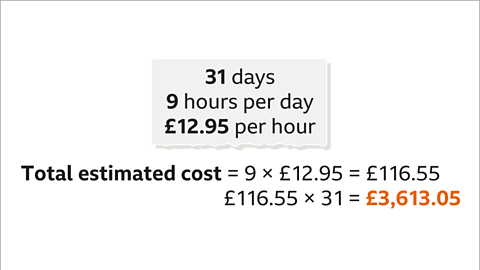
Example and Estimation
- Estimating Value: Consider an example with £12.95. Determine what approximation could be used for this value, aiding in cost calculations and estimations.
| Slide Number | Slide Details |
|---|---|
| 1 of 8 | Example 1: Twelve pounds and ninety-five pence. What value could be used as an estimate for £12.95? |
Note: Always ensure detailed calculations and comparisons between estimated and actual costs for effective financial planning.
Comparing different prices
- People frequently compare various offers to determine the best value for their money. This could involve selecting between different sizes of cereal boxes in a store or choosing the most cost-effective mobile phone plan. Estimation plays a crucial role in assisting individuals in making informed decisions regarding which product or offer represents the best value.
- When faced with choices, individuals often evaluate which offer provides the best value for their money, such as when deciding between cereal box sizes or mobile phone contracts.
- Estimation can empower individuals to make more informed decisions regarding the products or offers that offer the best value.
Examples
Image gallerySkip image gallery- Which 12-month mobile phone contract offers the best value for money?
- Two different phone companies are offering new smartphones. Both contracts are for 12 months with the same data and call allowances. One has a lower upfront cost but higher monthly payments. Which one presents the best overall value for money?
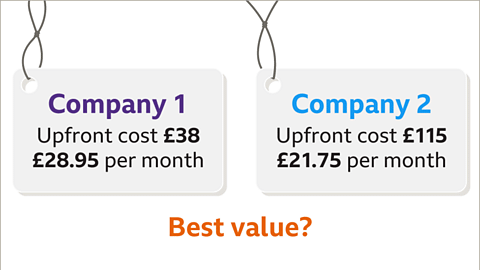 Image caption, Which offer for a 12-month mobile phone contract has the best value for money?
Image caption, Which offer for a 12-month mobile phone contract has the best value for money?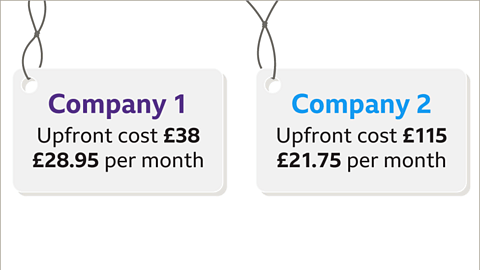
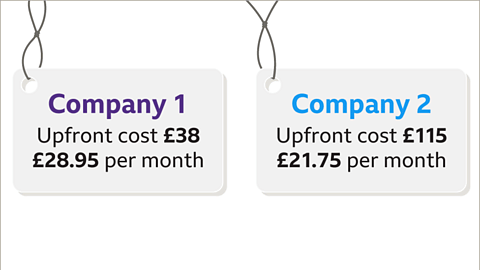 Image caption, Two different phone companies have an offer for a new smartphone. The contracts are both for 12 months and they have the same amount of data and calls per month. One has a lower upfront cost but a larger monthly repayment. Which one will be the best value for money overall?
Image caption, Two different phone companies have an offer for a new smartphone. The contracts are both for 12 months and they have the same amount of data and calls per month. One has a lower upfront cost but a larger monthly repayment. Which one will be the best value for money overall?Company 1:
- Image caption: Analyzing Company 1's Offers
- Start with Company 1 and round values to the nearest ten:
- £38 rounded to the nearest ten is £40.
- £28.95 rounded to the nearest ten is £30.
- Image caption: Total Estimated Cost Calculation for Company 1
- Calculate the total estimated cost by summing monthly repayments and upfront costs:
- 12 months x £30 = £360.
- £360 + £40 = £400.
- Calculate the total estimated cost by summing monthly repayments and upfront costs:
Company 2:
- Image caption: Analyzing Company 2's Offers
- Examine the offer for Company 2 and round values for simplicity:
- £115 can be rounded to £100.
- £21.75 can be rounded to £20.
- Image caption: Total Estimated Cost Calculation for Company 2
- Determine the total estimated cost by adding monthly repayments to upfront costs:
- 12 months x £20 = £240.
- £240 + £100 = £340.
- Determine the total estimated cost by adding monthly repayments to upfront costs:
Understanding Value for Money in Mobile Phone Contracts
- Company 1’s total estimated cost is £400. Company 2’s total estimated cost is £340. When estimating in real-life scenarios, always verify the exact amount for the best value.
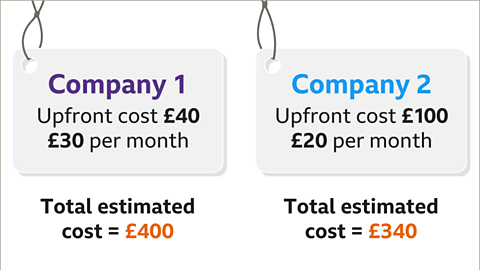
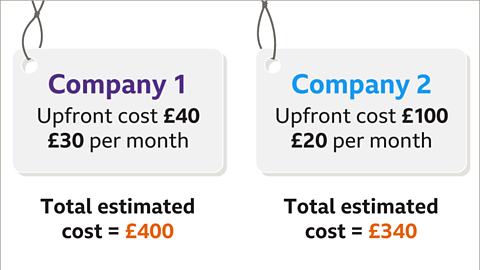
Comparing Mobile Phone Contract Offers
- Company 1 offers an upfront cost of £38 and £28.95 per month.
- Company 2 offers an upfront cost of £115 and £21.75 per month.
- Consider which offer is the best value for a 12-month mobile phone contract.


Practise estimating
Practise estimating with this quiz.
Real-world maths
Estimating numbers is commonly used in everyday life to simplify calculations.
In a practical scenario, a catering company utilizes estimation to forecast ingredient quantities required for an event. For instance, to prepare for a party of 70 people, considering that 0.75 kg of tomatoes is needed for 10 individuals, a quick estimation involves multiplying 0.75 by 7, resulting in 5.25 kg.
This approximation indicates a necessity for at least 5.25 kg of tomatoes. To accommodate potential losses such as squashed or damaged tomatoes, the manager includes an additional 10% and rounds the estimate up to 6 kg.
It's important to note that estimations are inherently approximate, as precise tomato requirements may vary.
Game - Divided Islands
Explore the fascinating concept of dividing islands in this engaging game scenario.














